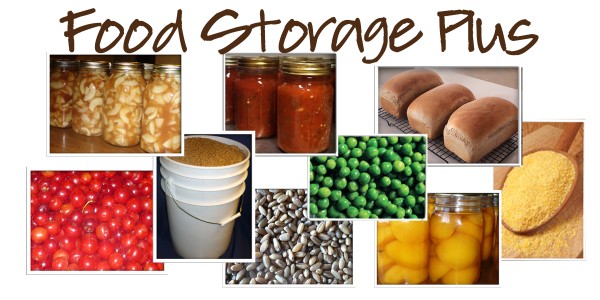 If you buy bread frequently, you could be saving money by making your own bread.
If you buy bread frequently, you could be saving money by making your own bread.What?!? I know, you think I'm crazy by saying that, right? Well, you read that correctly. Even buying all of your supplies: your own ingredients, a Bosch Universal Plus mixer, and possibly a grain mill, you could still make money after about one year – or spend it elsewhere rather than buying bread that is not necessarily good for you.
First of all, did you know that lots of bread companies – including those who make whole wheat “good-for-you” bread – use high fructose corn syrup in their bread? If you do not know the tragedies of high fructose corn syrup in your diet, do a little research (Google it – there is plenty of information out there and I do not want that to be the focus of this post.) Plus, they use all kinds of preservatives and who knows what else. Besides, homemade cooking and baking is always better for you because you know exactly what ingredients you are putting into your food.
If you need the tools to make your bread – don’t fret. They aren’t that expensive when you look at the big picture.
I recommend using a Bosch Universal Plus machine to mix your bread. (Find a good deal on the Bosch Universal Plus and on our grain mills at HiStakes-Spelt.com.)
 The Bosch Universal Plus has an excellent motor for dealing with bread dough, a great warranty, and it lasts at least 25-30 years. Very few machines can make that claim.
The Bosch Universal Plus has an excellent motor for dealing with bread dough, a great warranty, and it lasts at least 25-30 years. Very few machines can make that claim.Check out our grain mills here - we only sell our favorite ones.
So, we did some math for you to show you how to make money by making your own bread and buy the tools you need (like the Bosch Universal Plus and a grain mill).
In the Beginning: We took an average family (we’ll call them the Smiths) who eats about three loaves of bread per week. The Smiths purchase whole wheat bread at $3.50 per loaf.
Changes: The Smith family purchases a Bosch Universal Plus and bread ingredients as listed in my 100% Whole Wheat Bread in your Bosch Universal Recipe.
Ingredients Cost per batch of bread (batch = 6 loaves)
Whole wheat flour $2.88
Golden Flaxseed $1.53
Dough Enhancer $0.34
SAF Instant Yeast $0.22
Honey $1.14
Water $0.05
(Canola) Oil $0.04
Salt $0.06
Total $6.36 for 6 loaves of bread
$1.06 for 1 loaf of bread
Savings: $2.44 (buying bread at $3.50/loaf versus making your own at $1.06/loaf.)
Weeks to recoup purchase cost of Bosch: 54.64 weeks (that is just over 1 year)
(Remember, this calculates the original bread purchase of 3 loaves per week, so I f the Smith family continues to eat 3 loaves per week, after one year, they have their Bosch paid for and are “making money” that they were using to buy bread!)
And if you need to purchase a grain mill, it will only take about 18-24 months to recoup the cost of the Bosch and the grain mill (depending on which one you choose) before you are saving all that money that you were using to buy bread. Besides, your health will improve from the increase of whole grains and fiber in your diet – what better reason to make your own bread?
This scenario worked for the Smiths and it could work for your family, too!!
Start making bread and saving money today!
 **Disclaimer, we will not be held responsible for your increased bread consumption when you make your own bread.
**Disclaimer, we will not be held responsible for your increased bread consumption when you make your own bread.
.jpg)







